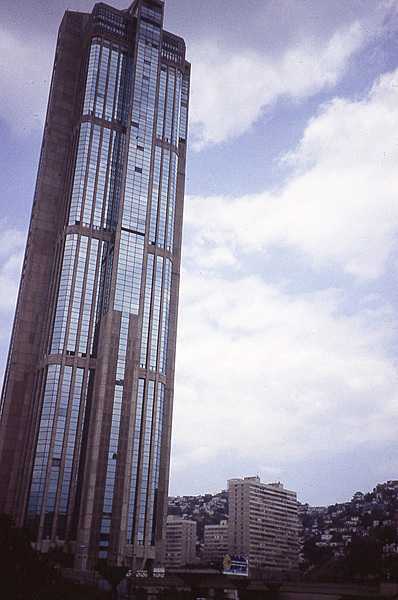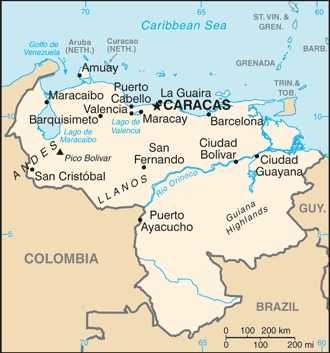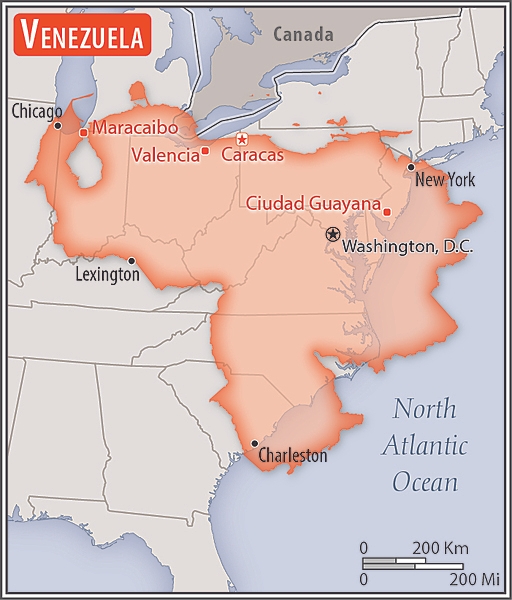Introduction
Visit the Definitions and Notes page to view a description of each topic.
Geography
People and Society
Population
comparison rankings: total 49; male 49; female 50
Languages
Median age
comparison ranking: total 129
Population growth rate
comparison ranking: 27
Birth rate
comparison ranking: 94
Death rate
comparison ranking: 137
Net migration rate
comparison ranking: 3
Maternal mortality ratio
comparison ranking: 36
Infant mortality rate
comparison ranking: total 101
Life expectancy at birth
comparison ranking: total population 142
Total fertility rate
comparison ranking: 87
Obesity - adult prevalence rate
comparison ranking: 49
Alcohol consumption per capita
comparison ranking: total 123
Education expenditure
comparison ranking: Education expenditure (% GDP) 195
Environment
Carbon dioxide emissions
comparison ranking: total emissions 48
Government
Economy
Real GDP (purchasing power parity)
comparison ranking: 93
Real GDP growth rate
comparison ranking: 215
Real GDP per capita
comparison ranking: 175
Inflation rate (consumer prices)
comparison ranking: 213
Labor force
comparison ranking: 50
Unemployment rate
comparison ranking: 104
Youth unemployment rate (ages 15-24)
comparison ranking: total 115
Public debt
comparison ranking: 136
Current account balance
comparison ranking: 164
Reserves of foreign exchange and gold
comparison ranking: 78
Energy
Electricity
comparison rankings: installed generating capacity 35; consumption 49; exports 75; transmission/distribution losses 194
Energy consumption per capita
comparison ranking: 92
Communications
Telephones - fixed lines
comparison ranking: total subscriptions 41
Telephones - mobile cellular
comparison ranking: total subscriptions 67
Broadband - fixed subscriptions
comparison ranking: total 53
Transportation
Merchant marine
comparison ranking: total 60





